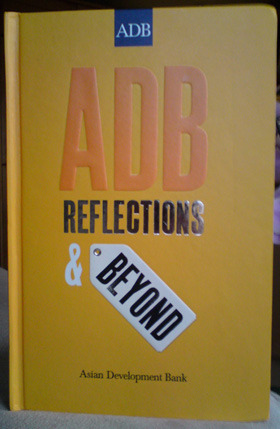One of the big topics that comes up time and again in conversations with businesses is how to handle the loss of knowledge when people leave or get relocated. I took these notes during an interview a couple of months back with a former CEO about how he felt having exited the business after 8 years at the helm:
Too often an outgoing official feels let down by the process: using an analogy from Animal Farm, he described the environment in the aftermath of his departure as being ‘four legs bad two legs better’. The new team had little interest in understanding how decisions had been reached and maintaining the networks he considered it vital to maintain.
I remember reading Animal Farm a couple of times: the pigs take control and the mantra changes from ‘four legs good, two legs bad’ to ‘four legs good, two legs better’ as they adopt the practices of the old regime they’d previously rubbished. It was a vivid illustration of how damaging a process leaving a business can be.
It’s not just about suddenly making provision to capture knowledge for people about to leave. Effective knowledge retention starts when a new member of staff joins: they bring fresh ideas and in many cases experiences that can be valuable additions to an organization’s corporate memory. It continues throughout their tenure (when they are involved in projects, have to make decisions, handle difficult situations, engage with stakeholders, develop policy, etc) and beyond – when they leave to become part of the alumni network.
As part of my ongoing association with Sparknow we are going to be running a knowledge retention masterclass in Singapore. To find out more about that and look at the latest blog on this subject posted today on Sparknow’s site please go to ‘knowledge retention in Asia’
It promises to be an exciting few months.

